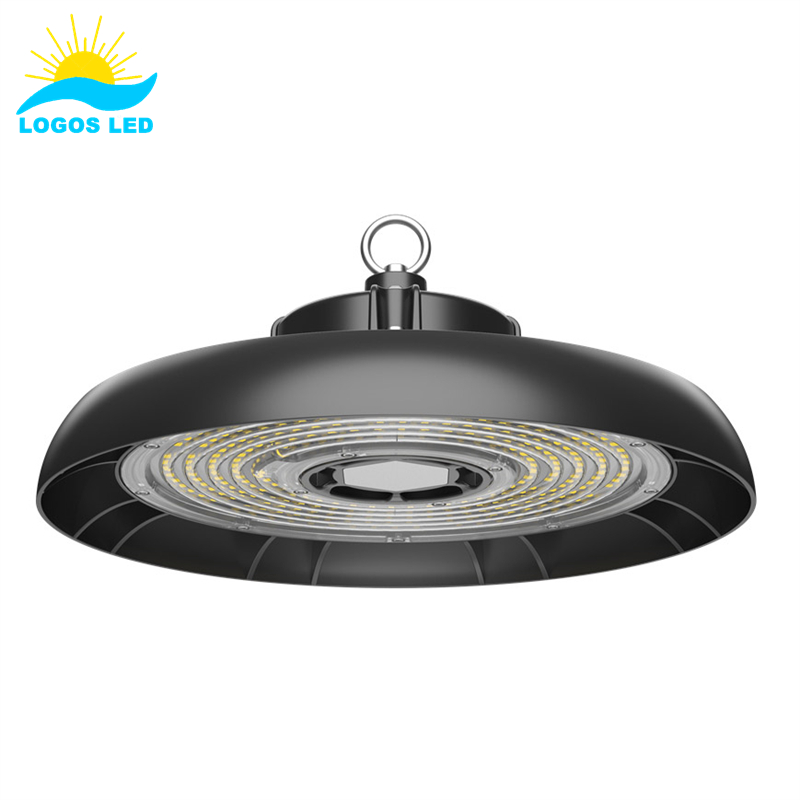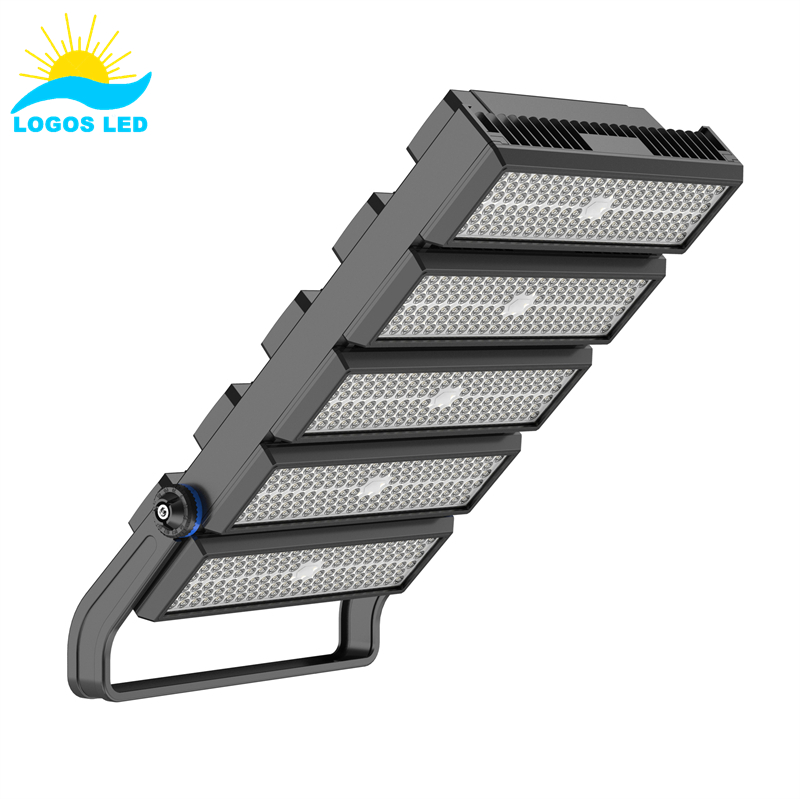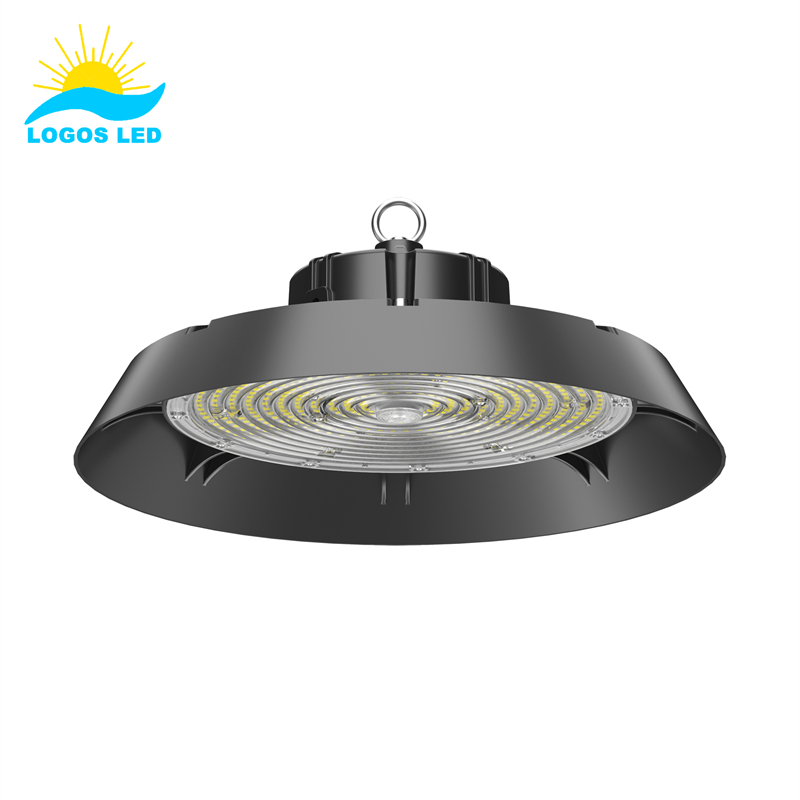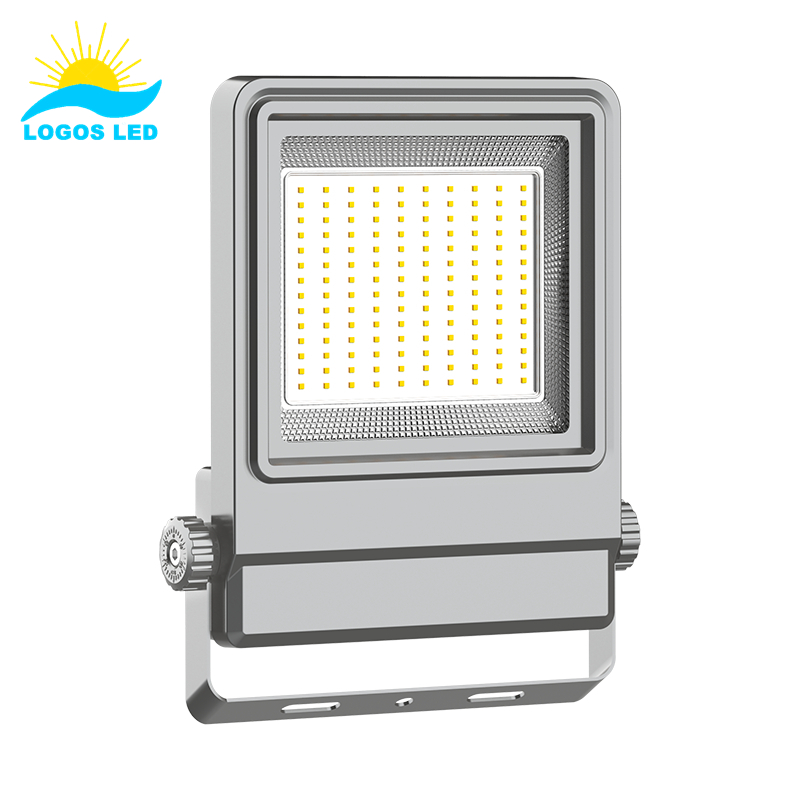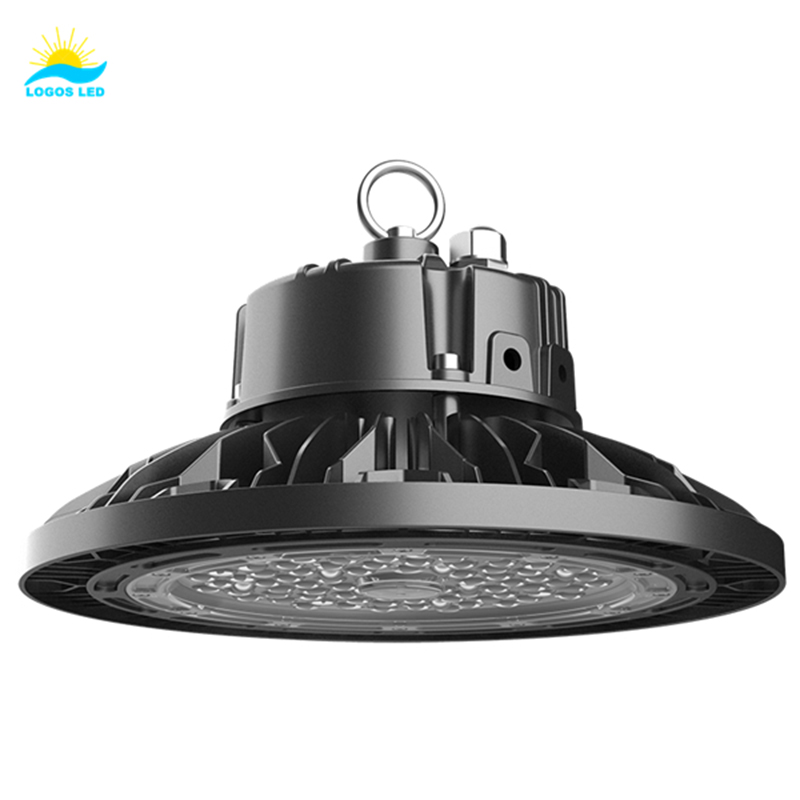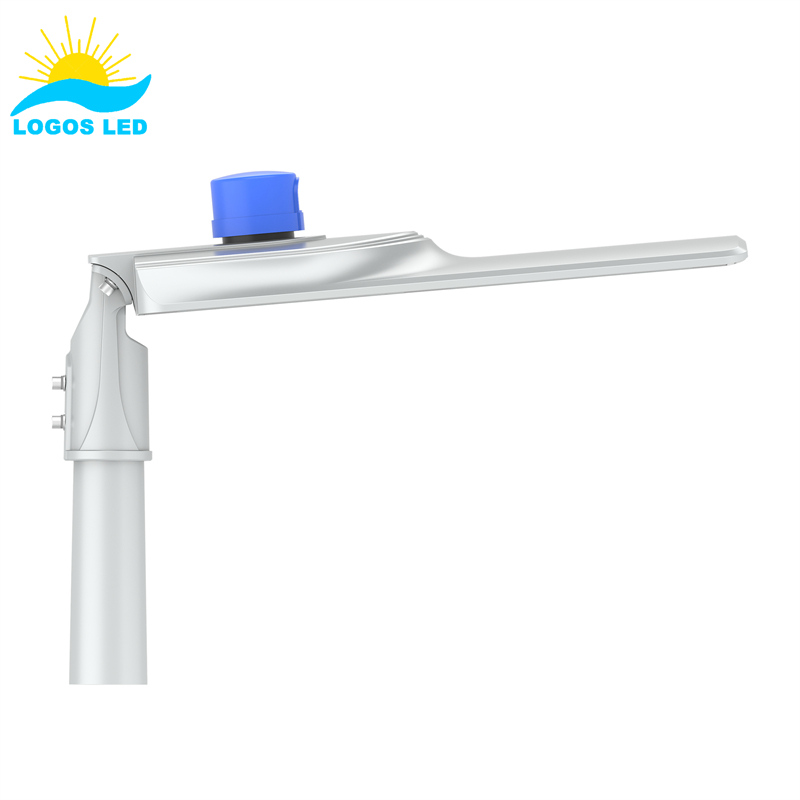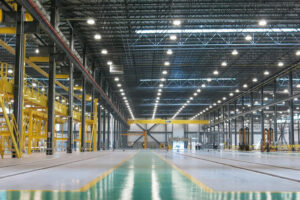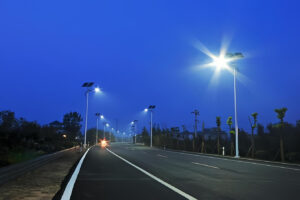Ever felt frustrated by your facility’s outdated sodium lights? Poor quality lighting drains resources and diminishes safety—switching to LEDs could solve this fast.
Choosing between LED, High-Pressure Sodium (HPS), and Low-Pressure Sodium (LPS) lighting depends on energy efficiency, lifespan, color visibility, maintenance needs, environmental impact, and cost. LEDs provide energy-efficient, clear white lighting ideal for factories, sports areas, and commercial settings. HPS offers warmer, amber lighting with lower efficiency but remains common outdoors. LPS presents high efficiency but extremely poor color rendering, limiting its use. In general, LEDs emerge as the highest-performing option—energy-saving, clear lighting, less maintenance, and eco-friendly—perfect for commercial lighting upgrades and industrial outdoor lighting.
But before making a decision, you need to gather more detailed facts; let’s see how each type compares.
Table of Contents
Energy Efficiency: How Much Electricity Will I Save?
LED lights offer significant energy savings, using about 50% to 70% less power than high-pressure sodium lamps and outperforming low-pressure sodium in efficiency while providing better lighting quality. HPS lamps are more efficient than older technologies, but modern LEDs surpass them, offering dramatic reductions in electricity usage. Although LPS lights are efficient, they often fall short in practical applications due to poor lighting quality.
Investing in LED retrofit solutions leads to substantial savings over time, cutting operational expenses at your facility significantly. This shift helps save on monthly electricity bills and offers improved performance, making it a smart choice for long-term energy efficiency.

Color Visibility & Light Quality: Can Employees See Clearly?
When employees can clearly see their jobs, productivity and safety naturally improve. LEDs provide bright, clear, white light that accurately represents colors, enhancing visibility and reducing errors. High-pressure sodium lamps emit an amber-colored light, which hampers color recognition, while low-pressure sodium lighting offers a deep orange-yellow glow, rendering objects in monochrome and failing to provide accurate color rendering.
For factories, warehouses, or outdoor job sites, LEDs ensure your team sees clearly, minimizing mistakes, preventing accidents, and improving daily operations. This clarity and reliability make LEDs essential for environments where precise visual identification is crucial.
Lifespan: How Long Before I Need to Replace Bulbs?
Replacing lights often isn’t just expensive; it’s a real hassle that takes workers away from their actual duties. Here’s great news: LEDs last up to 50,000 to 100,000 hours—that’s about 5 to 10 times longer than HPS and LPS. An HPS lamp usually lasts around 20,000 hours, while LPS can get up to 18,000 hours at most. Choosing LEDs means significantly reducing how often you replace lights. Less money spent on sodium lamp maintenance and more uptime for your operations makes choosing LEDs a clear decision in long-term planning.
Maintenance Requirements: Is Maintenance Easy or Difficult?
LEDs offer significant advantages in maintenance due to their long lifespan, meaning they require minimal upkeep. Traditional sodium-based lighting (HPS/LPS) often demands regular replacements or repairs, including components like ballasts and starters, which can add to costs and complexity.
With LEDs, fewer parts need maintenance, reducing hassle and freeing time and money for core business activities rather than repeated lighting fixes. Establishing a proactive maintenance program is easier with LEDs, as their lumen depreciation rate is low, thus further lowering maintenance efforts and costs over time.
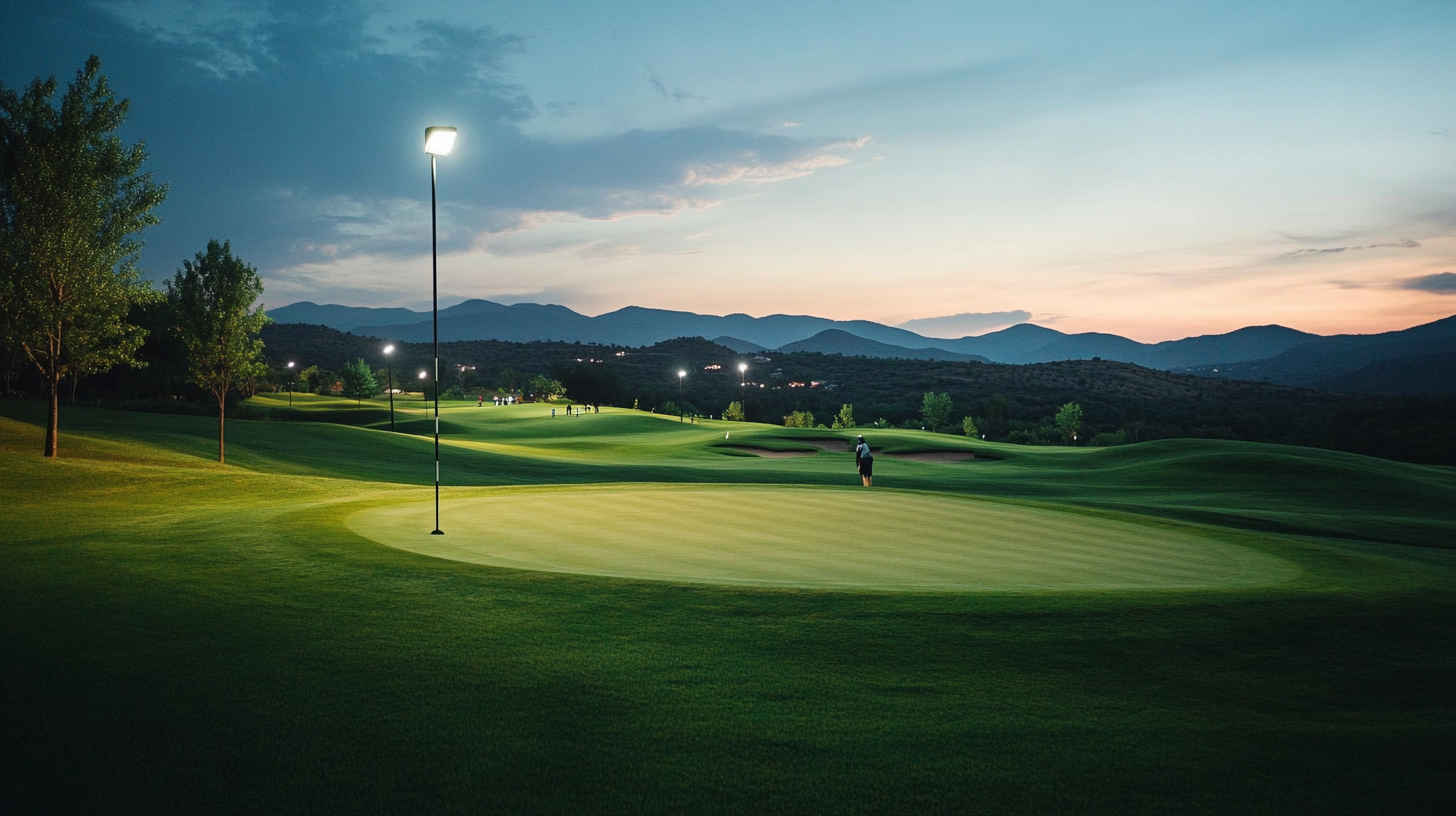
Environmental Impact: Are These Lights Better for Our Planet?
Creating environmentally-friendly businesses matters now more than ever. LEDs are currently one of the most sustainable lighting solutions. They use significantly less energy, which means lower carbon emissions. LED lamps also contain no hazardous substances—unlike sodium lamps, which often have mercury and other chemicals harmful to our environment. HPS and LPS bulbs need special disposal procedures, adding costs and environmental issues. Shifting to LEDs is simply better for your facility, the world around you, and future generations, demonstrating your company’s commitment to sustainable lighting solutions.
Initial Investment: How Much Does Installation Cost?
When considering the switch to LED lighting, upfront costs can indeed be a concern for many businesses. LED lighting systems generally come with a higher initial price tag compared to traditional options like HPS or LPS lamps. However, this initial investment pays for itself over time due to various long-term benefits.
One major advantage is the significantly lower energy consumption of LED lights, which can lead to substantial reductions in electricity bills. LED systems are up to 75% more energy-efficient than their metal halide counterparts, making them a more cost-effective choice in the long run. Furthermore, LEDs have a much longer lifespan, often lasting up to 100,000 hours compared to the 15,000-hour lifespan of metal halide lamps, which translates to less frequent replacements and lower maintenance costs.
In addition to these energy and maintenance savings, companies like Logos Lighting offer tailored solutions to fit specific project budgets, further mitigating the initial financial impact. This approach ensures a quick return on investment, allowing businesses to start saving money sooner.
Overall, while the initial installation of LED systems may be more expensive, the combination of reduced energy costs, lower maintenance expenses, and extended lifespan makes them a financially wise and sustainable choice for the future.
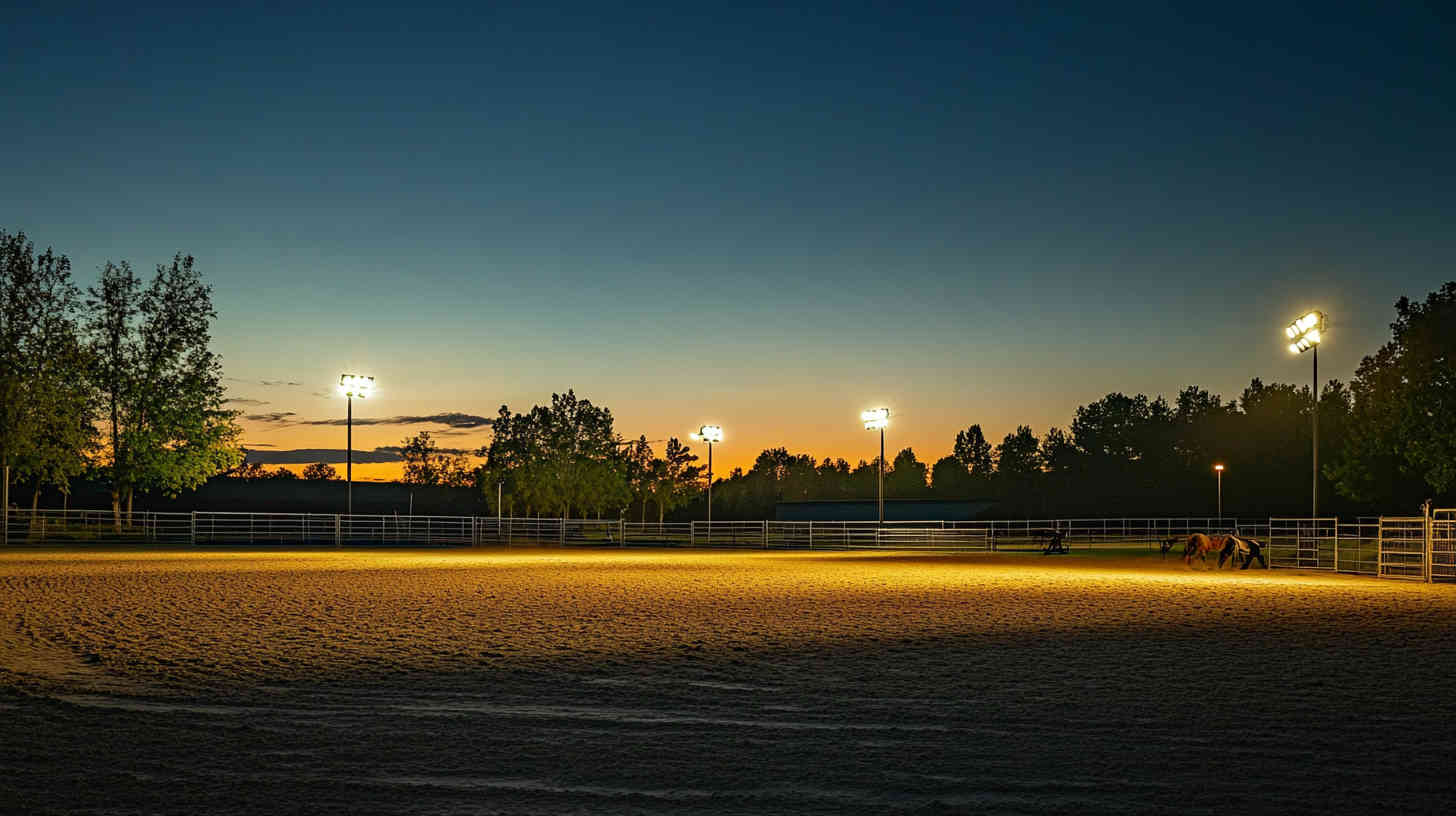
Suitability for Your Facility: Which System Works Best for My Application?
Choosing the right lighting solution for your facility depends on its specific requirements. LEDs are highly versatile and capable of meeting a range of lighting needs across different facilities, including industrial plants, warehouses, outdoor spaces, commercial malls, sports facilities, streets, and public areas. They offer tailored options that can be customized to fit the specific needs of your industry or building, providing both efficiency and flexibility.
In contrast, high-pressure sodium (HPS) lights are primarily used outdoors due to the amber color of their light, but they are limited in indoor applications because of poor color rendering. Low-pressure sodium fixtures are typically suitable only for specific uses, such as road and tunnel lighting, since they are not ideal for workplaces or diversified lighting solutions.
Companies like Logos Lighting offer customizable LED solutions that can enhance your facility’s lighting quality while ensuring energy efficiency and cost-effectiveness. This makes LED systems a more adaptable and sustainable choice for a wide range of applications, demonstrating excellent suitability for modern demands in facility lighting.
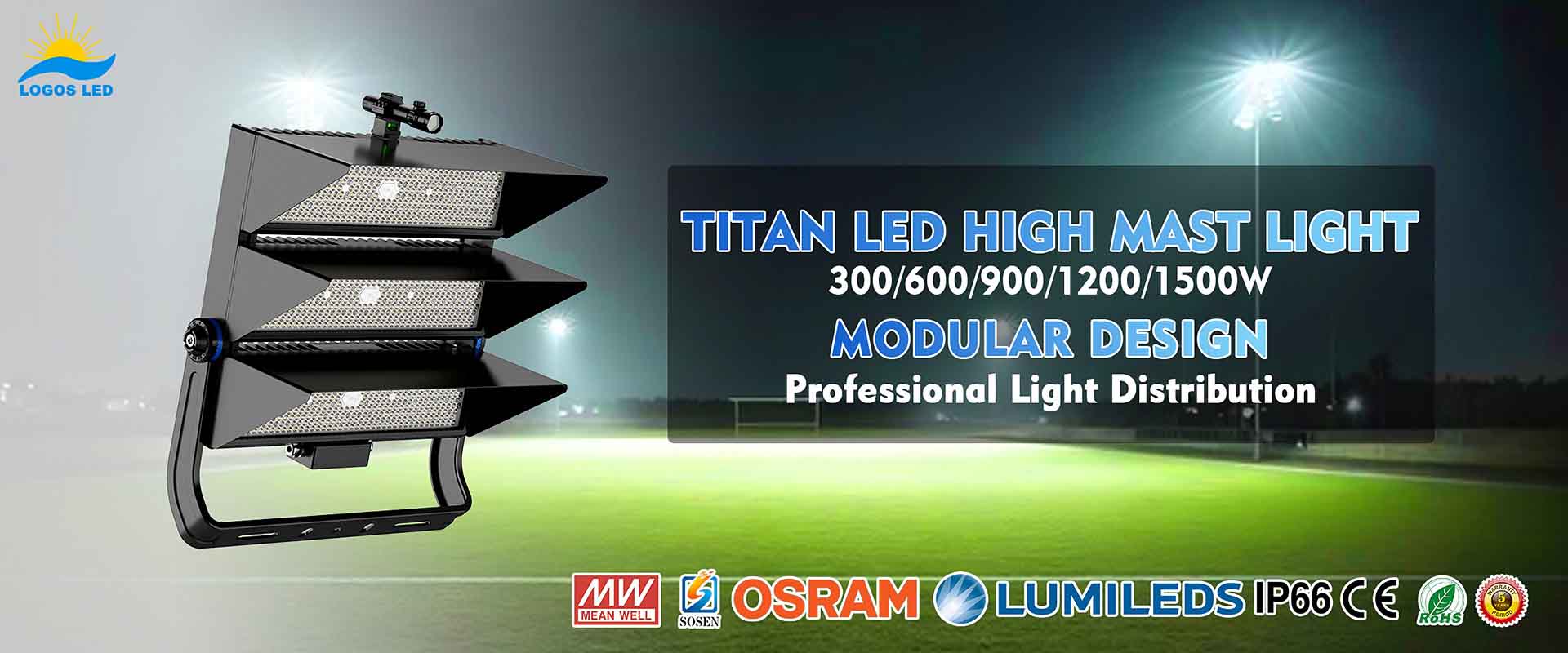
Adaptability: Can I Retrofit These Lights in My Facility Easily?
Switching lighting shouldn’t disrupt your daily operations. It’s vital to understand how easily a system can retrofit into your existing setup. LED retrofit solutions are thoughtfully designed to directly replace current HPS and LPS lamps, matching common fixtures or existing electrical layouts without too much hassle. At Logos Lighting, our specialized engineers work closely with facility managers, ensuring smooth, easy upgrades and hassle-free installations. Sodium lamps, especially outdated LPS fixtures, may require complicated infrastructure upgrades. Typically, LEDs provide the easiest, most economic retrofit options, making lighting transitions easy and seamless.
Heat Generation: Will These Lights Make My Facility Hotter?
Lights generating substantial heat can impact cooling costs in hot weather and affect the comfort level of workers. Among all lighting technologies compared, LEDs run significantly cooler, losing less energy as heat. Low-pressure sodium and high-pressure sodium lamps emit substantially more heat during normal operation. Reduced heat generation with LEDs helps keep your facility comfortable and further saves on cooling system demands and energy consumption. Therefore, LEDs present a reliable option to minimize unnecessary energy expenditures on climate control.
Safety and Durability: How Do These Lights Perform in Harsh Conditions?
For rugged and dependable lighting, especially in harsh environments, LEDs are the way to go. They excel in tough conditions because they are solid-state devices, which makes them resistant to shocks, vibrations, and extreme temperatures. This durability makes them ideal for outdoor and industrial applications, where resilience is critical. Products like the LED high mast lights from Logos Lighting deliver reliable performance even in adverse conditions.
In contrast, sodium lamps contain delicate glass and chemical elements that require protective casing and special handling, making them less suitable for harsh environments. This distinction points to LEDs as a more robust and adaptable choice for facilities needing dependable lighting in challenging settings.
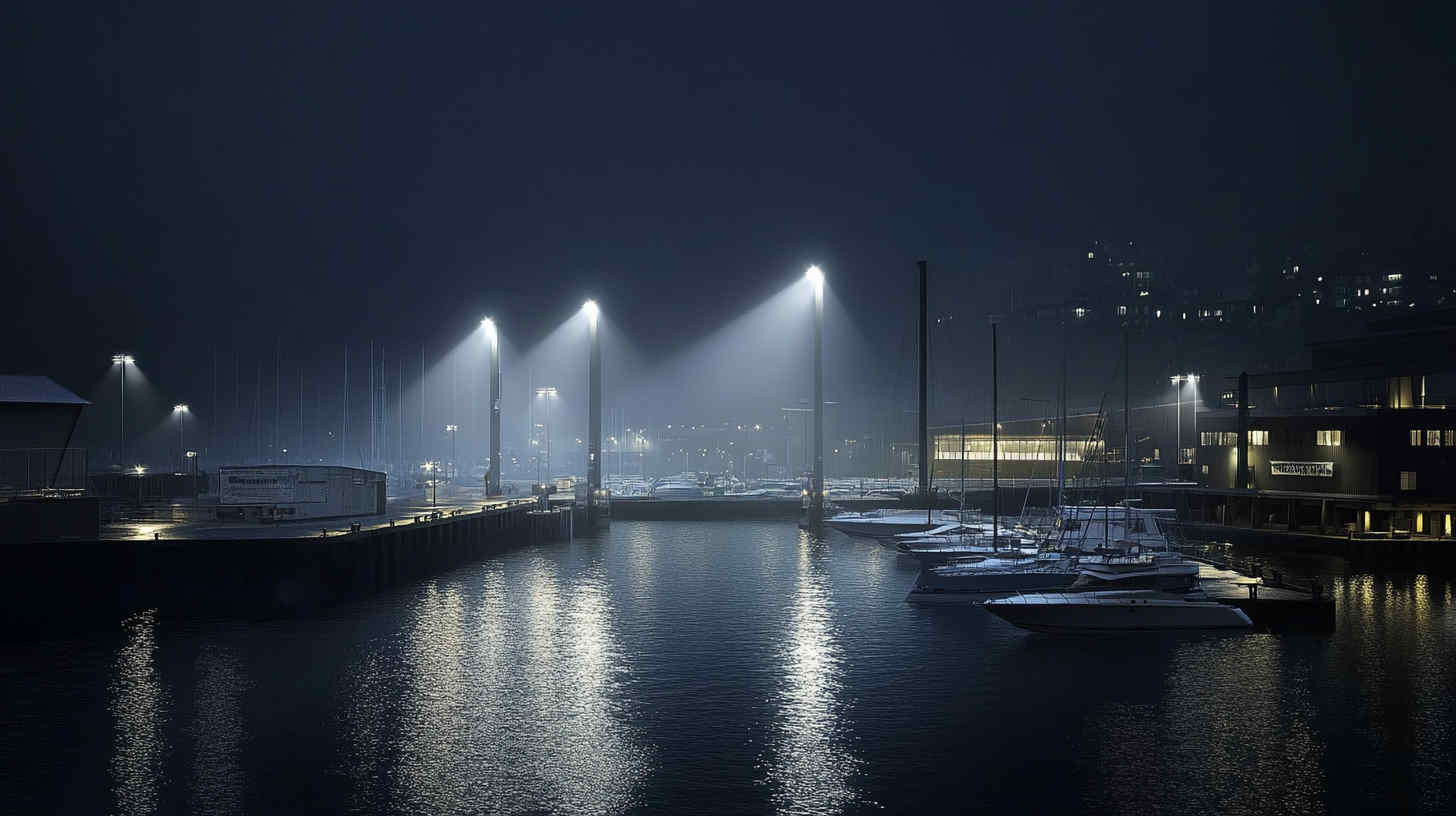
Conclusions
Simply put, if you seek long-lasting quality and total reliability, LED lighting solutions clearly offer the best choice.
| Category | LED | HPS | LPS |
|---|---|---|---|
| Energy Efficiency | 50%-70% more efficient than HPS and LPS, with superior light quality | Less efficient than LED, moderate performance | High efficiency but low quality light |
| Color Visibility & Light Quality | Bright white light, excellent color rendering | Amber light, poor color rendering | Monochrome orange light, very poor color rendering |
| Lifespan | 50,000 to 100,000 hours | Around 20,000 hours | Up to 18,000 hours |
| Maintenance Requirements | Minimal maintenance required | Frequent replacements and ballast maintenance | Regular maintenance of bulbs and ballasts |
| Environmental Impact | No hazardous substances, low carbon footprint | Contains mercury, needs special disposal | Contains hazardous materials, disposal concerns |
| Initial Investment | Higher upfront cost, fast ROI due to savings | Lower initial cost, higher long-term expense | Low initial cost, lower visual performance |
| Facility Suitability | Highly versatile for indoor/outdoor use | Best for outdoor, limited indoor use | Limited to tunnels, roads, not suitable for workspaces |
| Adaptability | Easiest retrofit option | May need upgrades for retrofit | Retrofit more complex |
| Heat Generation | Low heat output, reduces cooling costs | High heat output | Very high heat output |
| Safety & Durability | Resistant to shocks, vibration, temperature changes | Less durable, sensitive components | Fragile, needs protective casing |
To sum it up, though LEDs require slightly higher upfront investment compared to sodium lamps, their advantages are clear. They lower your energy bills, improve lighting quality, require far less maintenance, benefit the environment, and often can directly retrofit into your facility. In most industrial and commercial situations, LED lighting emerges as the smarter, ultimately more cost-effective investment compared to older technologies like HPS and LPS lamps.
Ready to discuss how LEDs can benefit your facility? Contact us today for more details.
Request A Free Quote Now!
Send us a message if you have any questions or request a quote. We will get back to you ASAP!



